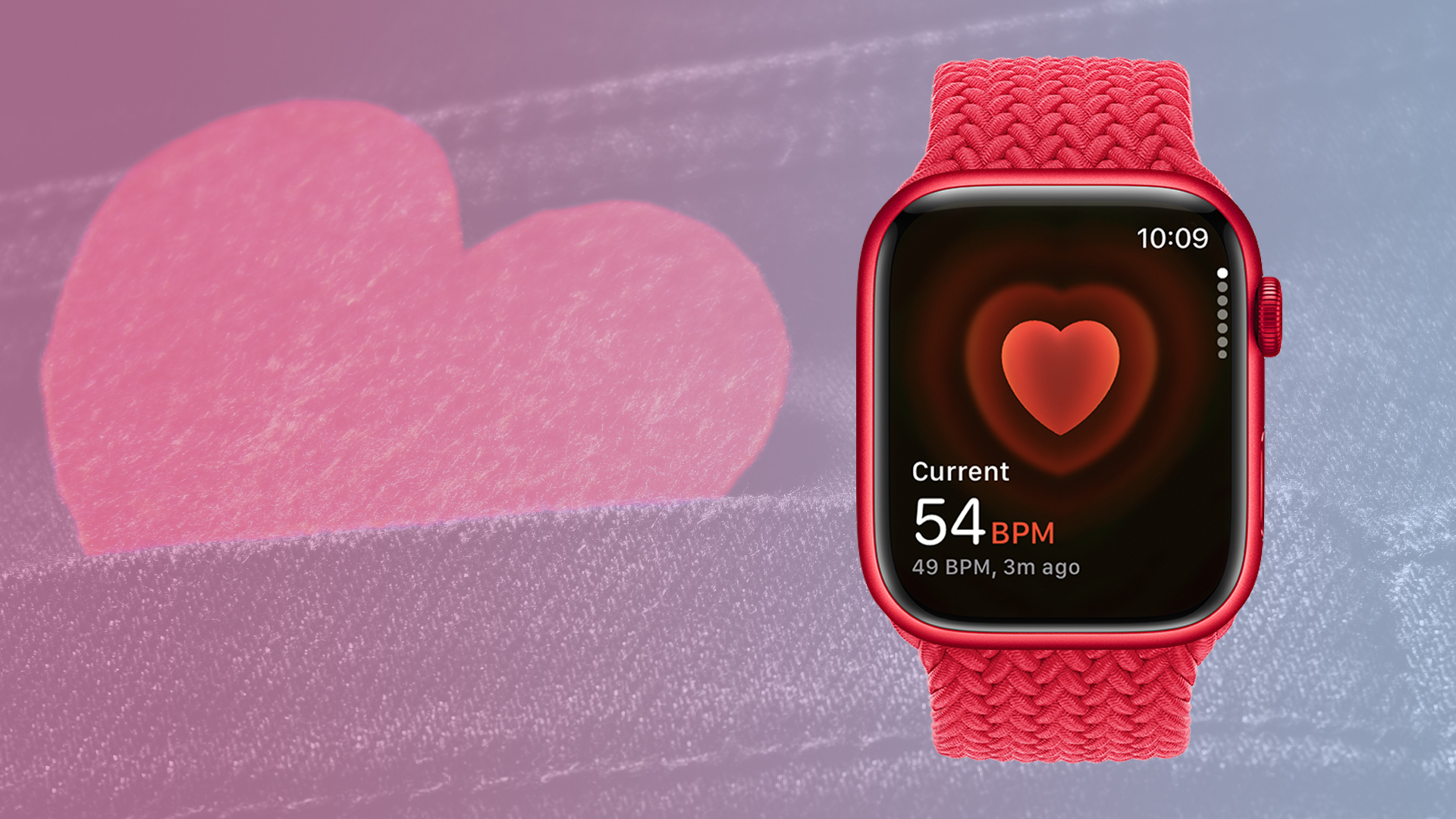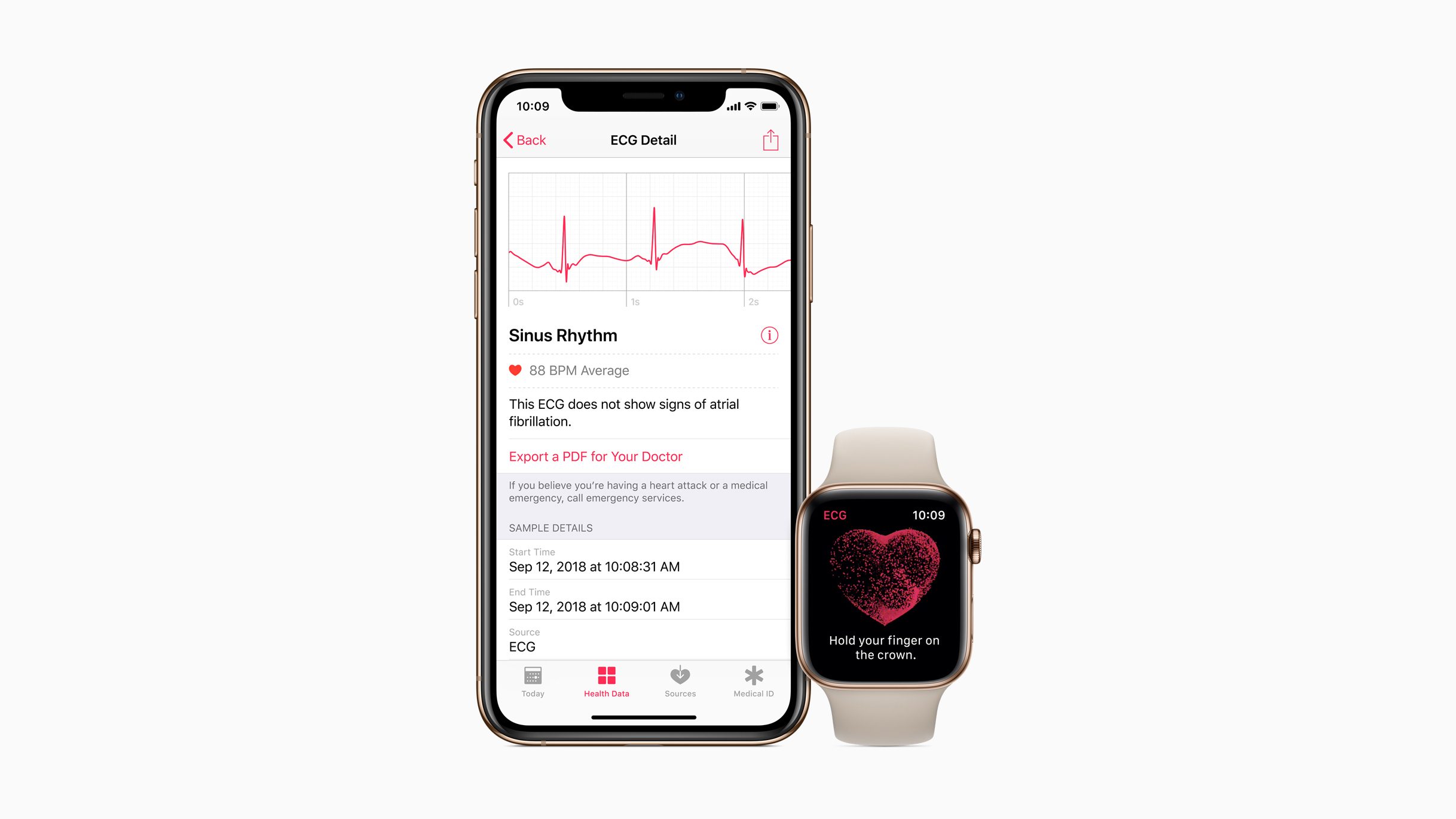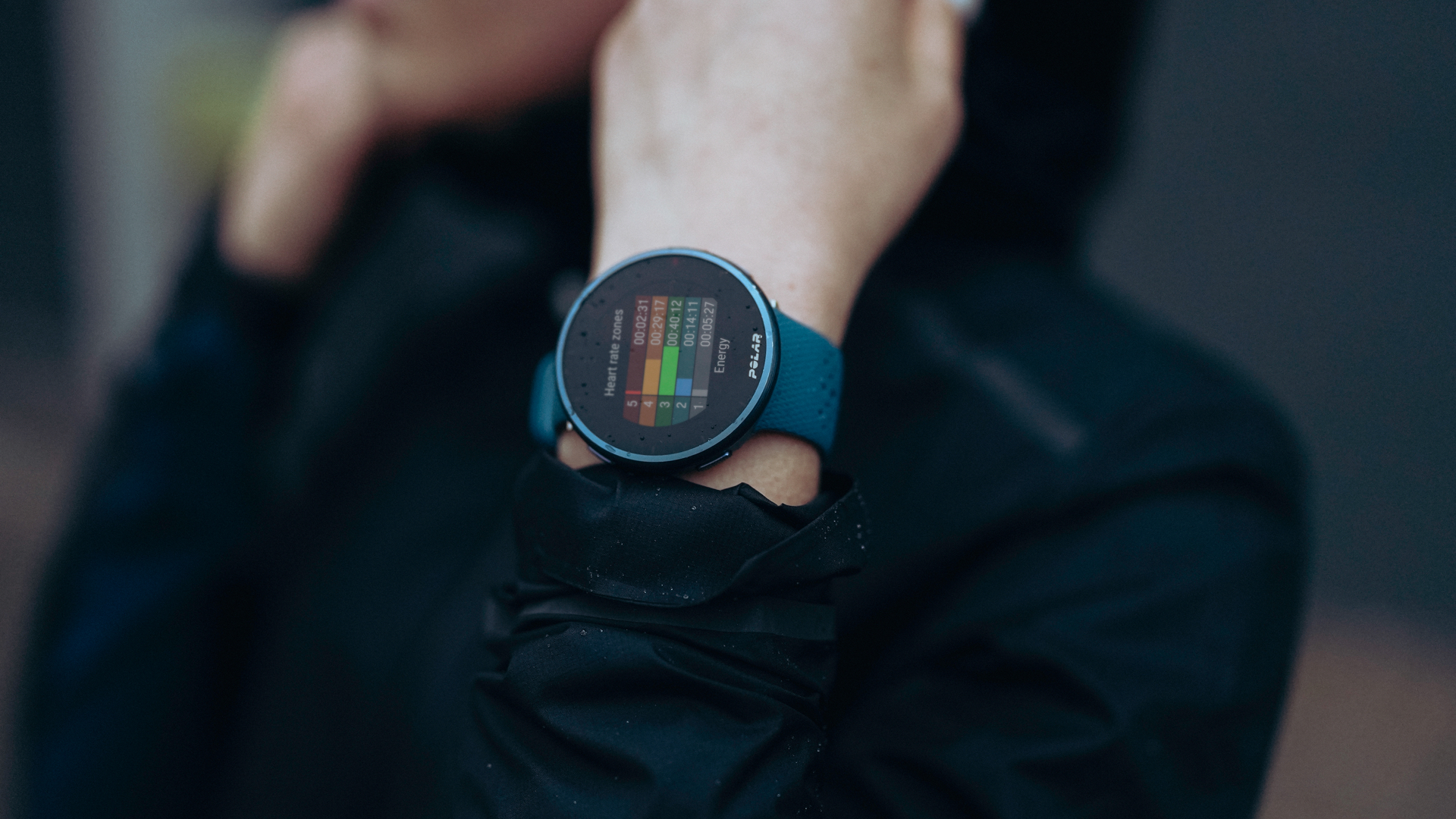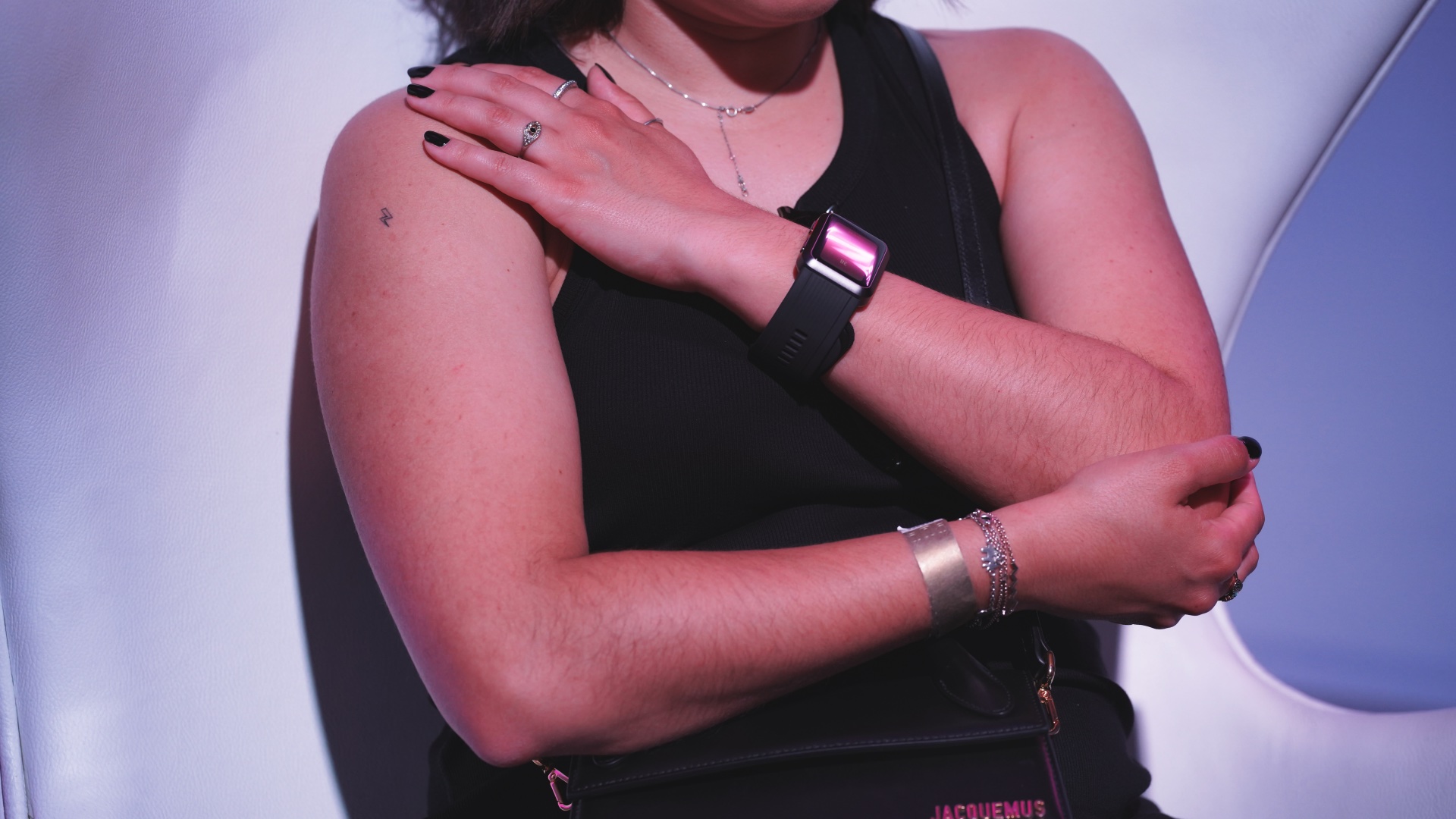
February is heart health month – an excellent time to remember that we probably don't pay enough attention to our cardiovascular system. Unless you wear a smartwatch, of course, in which case you can gather a lot more information about your heart health than others.
The best smartwatches are superb wearables to monitor overall health, and they are especially well-suited to keep tabs on your ticker. Apple Watches, in particular, have many features that enable you to make better decisions about your health.
Whether you make those decisions is up to you, but at least you'll know about any underlying issues you might have or lousy lifestyle habits you should omit. Below, we collected nine smartwatch features to help you stay cardio-healthy this year and beyond.
1. 24/7 heart rate tracking
The most important smartwatch feature to help you closely monitor your heart health is the optical heart rate sensor (OHR), which most wearables come equipped with today. OHRs usually consist of an array of LEDs that can detect heart rate, blood oxygen levels, and often even respiration rate.
Some OHRs are more accurate than others; the most accurate readings are provided by heart rate monitors, followed by performance wearables such as triathlon watches and, lastly, by fitness trackers.
That said, all wearables can help you see trends in heart rate, which can be an indicator of illness or a sign of improved cardiovascular performance.

2. ECG
ECG (electrocardiogram) is a relatively new addition to the smartwatch feature that assesses your heart's rhythm and electrical activity. ECG tests are easy to initiate and don't take too long to perform, either, and similarly to other health and fitness modes, they don't require external accessories.
For example, the Apple Watch's ECG app uses the electrical heart sensor built into the Digital Crown and the back crystal to record a single-lead ECG. The recorded waveform, results, date, time, and symptoms can be exported from the Health app as a PDF to share with a clinician.
Another company proud of its ECG prowess is Withings. The company's ScanWatch 2 has a 'medical-grade' ECG that can detect a potential cardiac anomaly and get a cardiovascular assessment in 30 seconds.
3. Irregular heart rate notifications
As smartwatch technology gets more sophisticated, so do the features and algorithms that analyse the data gathered by the wearables. In just 10 years, wearables went from only being able to track steps to measuring irregular rhythm activity in your heart.
Irregular rhythm might be suggestive of atrial fibrillation, or AFib for short. Apple describes AFib as a type of irregular heart rhythm where the upper chambers of the heart beat out of sync with the lower chambers.
AFib affects men more than women, according to the UK's National Health Service, adding that it is the most common heart rhythm disturbance, affecting around 1.4 million people in the UK.
Not all people affected by AFib experience any symptoms, and in some cases, if left untreated, AFib can lead to heart failure or blood clots that may lead to stroke. Wearable such as the Apple Watch Series 9 and the Google Pixel Watch 2 can detect signs of AFib.

4. VO2 max estimations/ cardio fitness
Detecting heart rate irregularities is one thing; making sure they don't happen due to a sedentary lifestyle is another. No matter how accurately your smartwatch can track your heart rate, it won't be able to offset the negative impact of sitting in the office 8-9-10 hours a day.
What wearables can do is encourage you to move more by providing you with a VO2 Max score. Sometimes called cardio fitness, this feature assesses your body's ability to take in oxygen during exercise.
The higher the number, the better, and although VO2 Max does decline with age, it can be kept at a high level no matter how old you are. Conversely, a low VO2 Max number is associated with a risk of serious long-term health conditions.
Regular cardio-based exercise can help improve VO2 Max; many wearables, such as the best Garmin watches, can even recommend workouts to build around your recovery score, training load, and more.
5. Low/high heart rate notifications
Similar to how smartwatches can detect signs of AFib, wearables can also identify unusually high or low heart rates when you are at rest, which could be signs of a serious underlying condition.
When this happens, the smartwatch sends a notification. If you receive these notifications frequently, visiting your health practitioner for a more thorough check op might be a good idea.
If you're wearing an Apple Watch and your heart rate is above 120 bpm or below 40 bpm while you appear inactive for 10 minutes, you will receive a notification. The threshold bpm can be adjusted in the settings.

6. Heart rate recovery
Garmin describes recovery heart rate as "your heart's ability to return to a normal rate after an activity within a specific amount of time." As a general rule of thumb, the faster this drop, the healthier the individual.
Your heart rate dropping quickly could mean your heart is better accustomed to exercise and is stronger. As with most other metrics, a good heart rate recovery rate can't be forced; the best way to improve it is to exercise regularly and make sure your sleep and diet support your workout efforts.
This might sound like a lot of effort, but it seemed to be the case with more and more people. In an interview with Paul Werring, CEO of Polar, he said, “In the past, sports were an enabler for good health. Nowadays, it’s turning around. Today, health is an enabler to perform better at sports."
As more people optimise their lives around physical performance, indicators such as heart rate recovery become more important.
7. Heart rate variability trends
A healthy heart doesn't beat like a metronome. Heart rate variability (HRV) is an interesting metric as it measures the fluctuation in the time intervals between adjacent heartbeats.
Championed by companies such as Whoop, only recently did this feature make its way into more wearables. Similar to VO2 Max, the higher the HRV number, the better (generally speaking).
HRV is often measured during sleep, so you must wear your wearable in bed to know your HRV. Smart rings are deemed less cumbersome to wear during sleep and can often track HRV.
That said, most smartwatches are capable of tracking both sleep and HRV, so there is no need to invest in an additional intelligent wearable if you already have a smartwatch.

8. Blood pressure
Not many smartwatches can measure blood pressure at present. These include the Samsung Galaxy Watch 6 and the Huawei Watch D, both of which have a different approach to measuring blood pressure.
Hopefully, by now, everyone knows that a blood pressure that is too high isn't good. The normal blood pressure level is less than 120/80 mmHg, and although it rises and falls throughout the day, deviations from this number can cause issues in the long run.
Blood pressure tracking smartwatches aren't medical devices, so like everything else, it's important to look at blood pressure readings provided by smart wearables more as a trend and not as an exact number.
Nevertheless, it's worth keeping an eye on your blood pressure, as well as all the other metrics listed above, using a smartwatch – it's not only easy, but it can potentially save your life!







